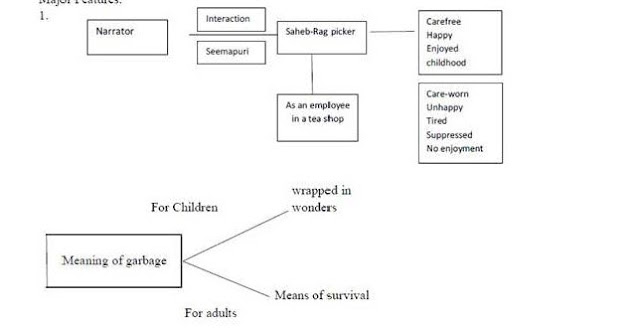The Rattrap (Critical Analysis)
The Rattrap is a beautiful story that deals with the themes of love, compassion, the importance of human dignity, and the transformative power of love. Make sure you’ve read the summary of the story before you read this analysis.
With its compassionate approach toward the characters, the story acknowledges that one’s actions result from one’s belief system and one’s belief system is largely determined by one’s material condition. This empathic approach is seen at the beginning of the story where we are introduced to the peddler.
The inclusion of the peddler’s philosophical thoughts about the rattrap at the beginning of the story is important as it helps us understand his behavior at various points in the story. The narrator is quick to point out that the peddler’s pessimistic view about the world as a rattrap arose from the fact that the “world had never been kind to him” and it gave him some pleasure to think of it in this way. Perhaps this is the reason why he steals the old man’s money despite being treated kindly. His outlook towards life is such that he can only view the world in terms of his rattrap model.
The peddler is introduced to us as someone who engages in petty thievery. However, instead of merely stating that the vagabond resorted to thieving, the narrator mentions that he did so in order to “keep his body and soul together”. Thus, by taking a compassionate approach rather than a judgemental one, the narrator gives him human treatment and gives the reader a glimpse of his thoughts and the reason why his philosophy towards life has evolved the way it has.
The setting plays a very important role in The Rattrap. The physical coldness and warmth run parallel to the cold and warm treatment the peddler receives. We see that he becomes vulnerable when he enters the forest after stealing the thirty kronor from the old man. Hunger and could push him to the verge of dying and he can escape his death only by locating the mill and the warmth provided by the forge of the iron mill. Similarly, the cold manner in which he is treated by others (especially the ironmaster after his real identity is known) would have doomed him forever but for Elda’s warm gesture.
Elda, the ironmaster’s daughter plays an extremely important part in this story, not only in terms of her role in the plot but also (and more importantly) in the development of the theme of the story.
Elda’s character can be understood in relation to those of the old crofter and her father. All three characters (at least initially) give a very warm treatment to the peddler. The old man shares his food and the ironmaster his house. Elda on the other hand understands one of the most basic qualities a human being prizes the most: one’s dignity. Where the old man is kind, Elda is compassionate. Where he shows sympathy, she displays empathy. This is what sets her apart and this is what changes the life of the peddler altogether. The old man invites the peddler because he doesn’t know he is a thief. The ironmaster invites him to his house mistaking him for his old friend. Elda however treats him with dignity despite her suspicion.
It is also worth noting that not only is she compassionate, she is also a cautious person. We have seen in the summary that neither the old man nor the ironmaster was able to guess the true nature of this man. Along with being good-natured and kind, the men were also naive and unsuspecting. It is Elda who sees through the man when she makes a near-perfect guess in her first encounter with the peddler:
‘Either he has stolen something or else he has escaped from, jail’’
This point becomes all the more crucial when we see that she chooses to be compassionate towards him despite vaguely suspecting his true identity. She doesn’t judge him by what he is but acknowledges his humanity, a gesture which in turn shows him what he can become.
The rattrap is also a very archetypal story in that it follows a sinner-savior-salvation paradigm. Elda, therefore, becomes a classic Christlike figure whose act of compassion saves the peddler from being trapped forever. This interpretation is especially significant considering the story is set around Christmas Eve and on account of Lagerlöf’s tilt towards Christianity.
The Rattrap is a beautiful story that shows the life-transforming power of the human touch. The story brilliantly captures the effect of a compassionate gesture in bringing out the best in a human being. Elda chooses to deal with the peddler in human terms despite knowing that he isn’t Captain Von Stahle. This act of compassion makes him acts like a real Captain and helps him get out of the rattrap his life has been so far.
The tramp’s letter in The Rattrap is of great significance in understanding the impact of Elda’s gesture. The story begins with the pessimistic philosophy of the peddler. He saw the world as a rattrap and himself as a victim who had no power over his circumstances. All his actions resulted from this outlook towards life. The story ends with a fundamental change in this philosophy. He says he would’ve remained a rat in this world’s rattrap had it not been for Elda’s gesture which gave him the “power to clear himself”. Indeed, the biggest rattrap was within himself and what Elda is successful in doing is to free himself from himself. Thanks to her gesture of love, he grows beyond the trap which caged him. He becomes Captain von Stahle.


